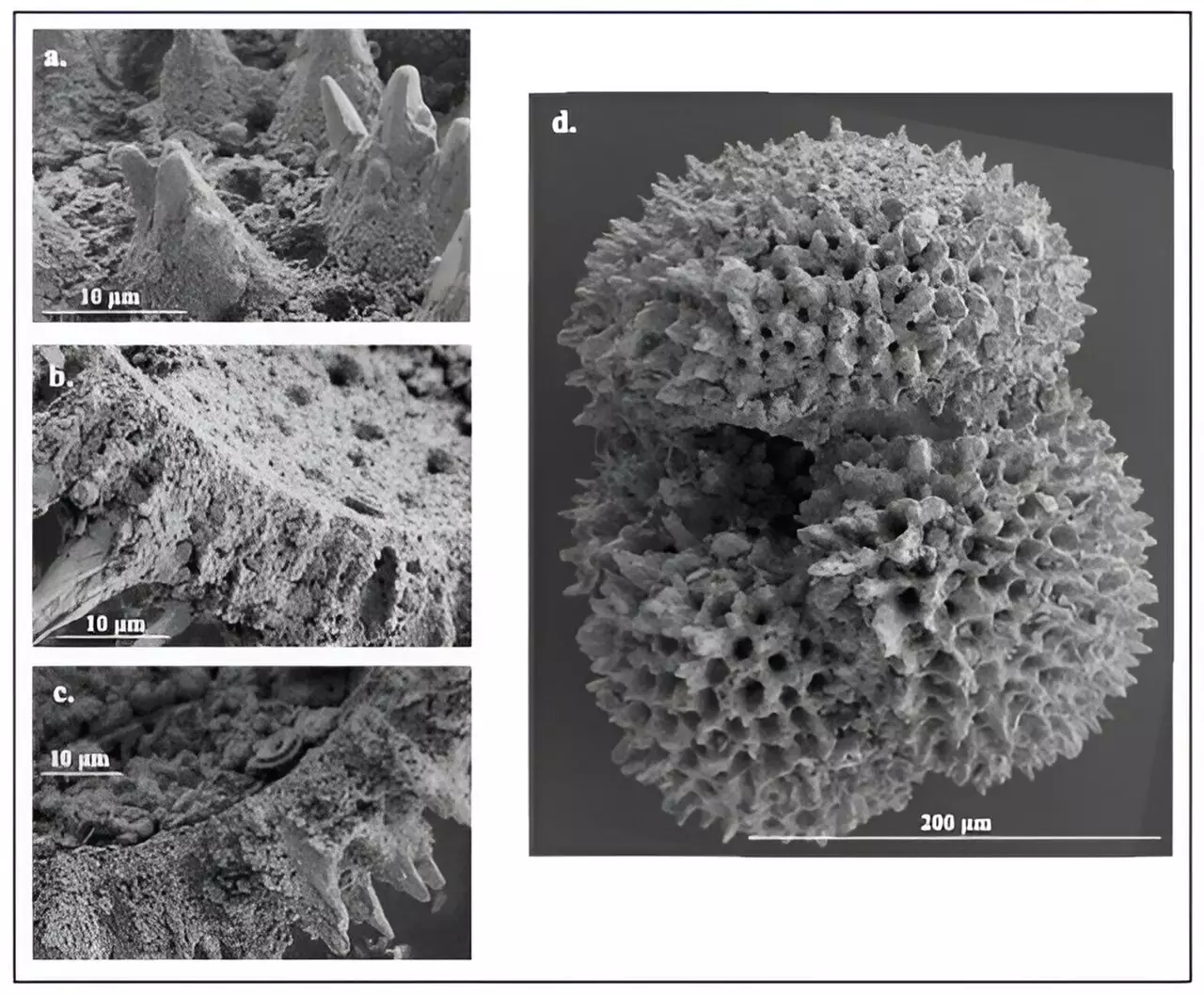Between 59 and 51 million years ago, our planet underwent significant climatic changes that were marked by both gradual warming and abrupt temperature spikes. This era, transitioning from the Paleocene to the Eocene epochs, exemplifies the complex interplay between various natural forces that govern Earth’s climate system. Large quantities of greenhouse gases, particularly carbon dioxide (CO2), played a crucial role in this warming, but other factors, including tectonic activity, also contributed to these climatic shifts. Understanding these historical events is vital for contemporary climate science as they offer insights that could be stakeholders in predicting future trends resulting from human activities.
Recent investigations led by researchers at the University of Utah have painted a clearer picture regarding the correlation between sea surface temperatures and atmospheric CO2 levels during these ancient warm periods. Their findings, published in the journal *Proceedings of the National Academy of Sciences*, provide a compelling basis for using past events as analogs to evaluate the potential consequences of modern anthropogenic climate change. This research emphasizes the urgency of comprehending past climate dynamics to fully grasp the implications of our current actions on the environment.
The focus of the investigation lies in two ancient thermal maxima, specifically the Paleocene-Eocene Thermal Maximum (PETM) and the Eocene Thermal Maximum 2 (ETM-2), both of which occurred approximately 56 million and 54 million years ago, respectively. The principal aim was to analyze the dynamics of carbon released during these events, ultimately revealing similarities to current human-driven emissions. Lead author and postdoctoral researcher Dustin Harper noted that the historical events act as case studies, helping to understand what the consequences of carbon release might entail in our current context.
By reconstructing atmospheric CO2 levels and corresponding sea surface temperatures over a 6-million-year period, the research identifies a direct relationship: as CO2 concentrations increased, so did global temperatures. This pattern highlights the fundamental nature of climate sensitivity to carbon inputs—an essential factor for scientists working to predict the trajectory of climate change driven by human activities, which presently release carbon at a rate four to ten times greater than what was observed during these ancient events.
To establish their findings, researchers examined microscopic fossils, particularly foraminifera, which are single-celled organisms that inhabit marine environments. These fossils serve as an invaluable resource for inferring past ocean chemistry, specifically CO2 levels. The study relied on drilling cores harvested from underwater plateaus, such as the Shatsky Rise in the North Pacific, where sediment conditions preserve these critical fossils.
The research relied on the boron isotopic composition found within the foraminifera shells. These isotopes function as proxies that can reveal ancient ocean chemistry and, by extension, indicate historical atmospheric CO2 concentrations. Harper noted that measuring the boron chemistry of these fossils helps translate values into an understanding of both past seawater CO2 and atmospheric CO2. This methodological approach not only sheds light on the specifics of oceanic conditions during the PETM and ETM-2, but it also sets the stage for contextualizing today’s climate challenges.
With current carbon emissions mimicking those of ancient thermal events, the research presented has critical ramifications for modern climate policy. The alarming acceleration of human-induced carbon release necessitates a deep understanding of how ecosystems may react under similar atmospheric conditions. By analyzing historical events, scientists aim to forecast potential impacts, including shifts in climate and oceanic conditions, that could arise from extensive carbon emissions.
As the planet continues to grapple with the effects of climate change, these ancient climatic episodes serve as cautionary tales. They remind us of the intricate connections within Earth’s systems and the irreversible changes that can result from unchecked carbon emissions. Between the findings relating to climate sensitivity and the importance of understanding past events, researchers equip society with the knowledge necessary to approach current environmental crises with both urgency and insight.
The study of ancient climate conditions offers a critical bridge between past and present. As we face unprecedented challenges due to climate change, the lessons derived from Earth’s historical narrative concerning atmospheric CO2 levels and warming patterns remain ever relevant. The future of our planet may hinge on recognizing and responding to the warnings echoing through time, derived from well-studied geological epochs. By interlacing lessons from the past with present knowledge, we can make informed decisions and aim for sustainable solutions in the face of climate change.

